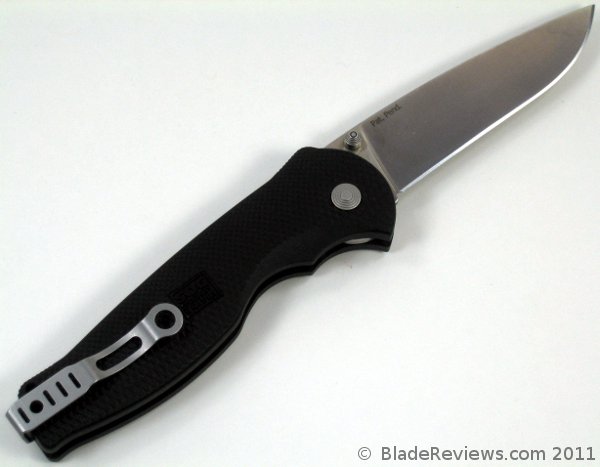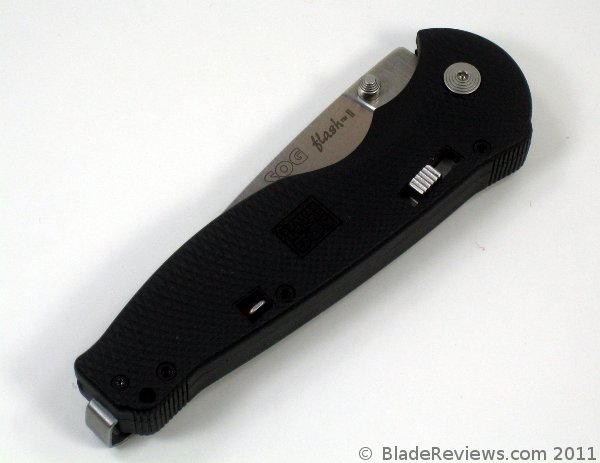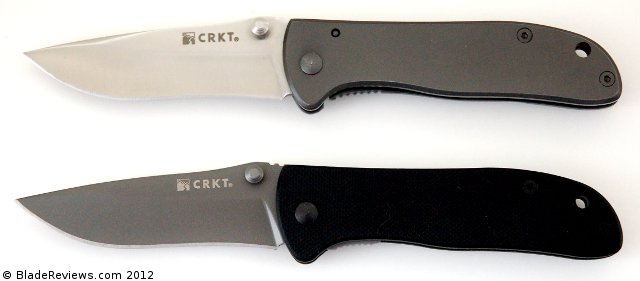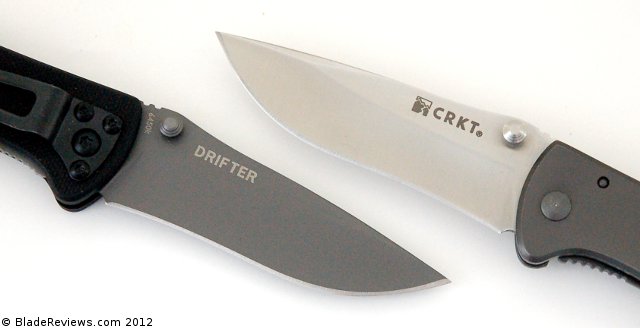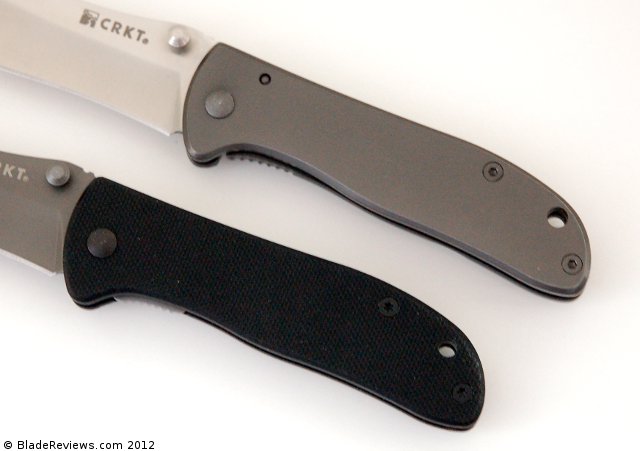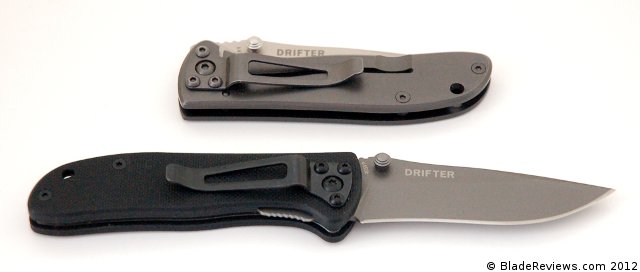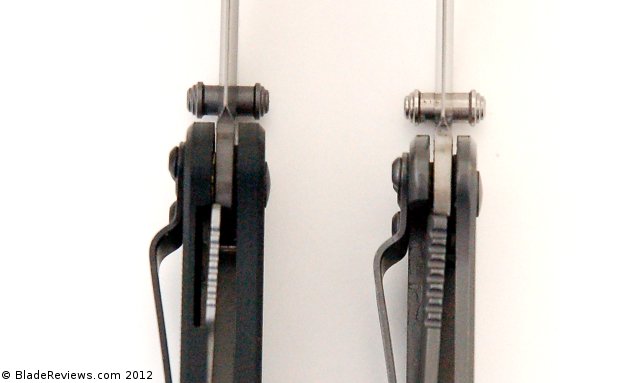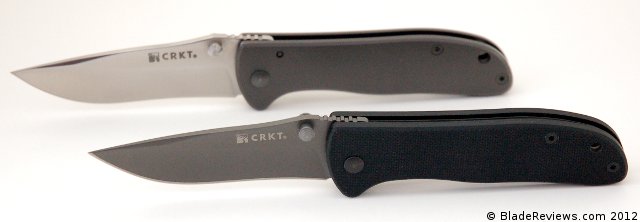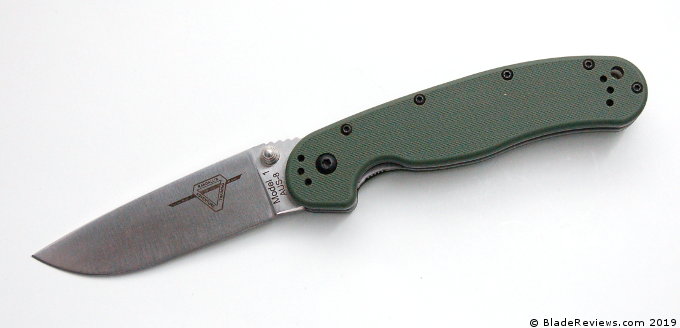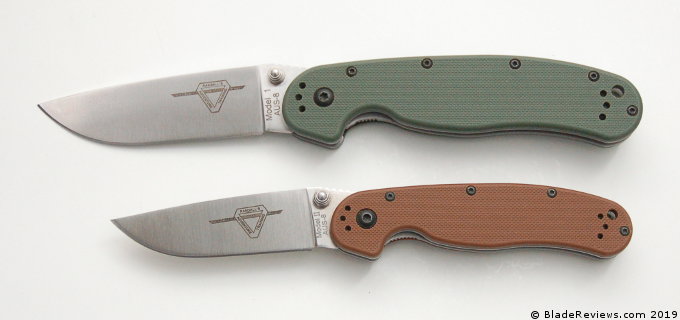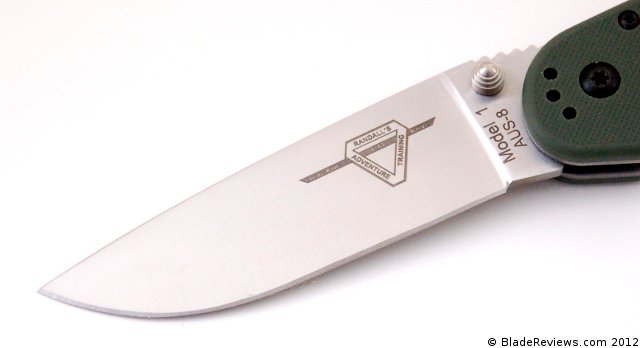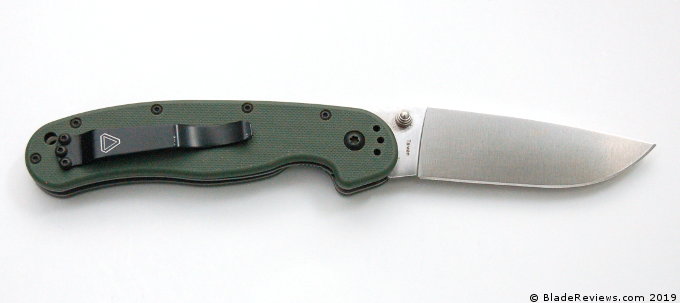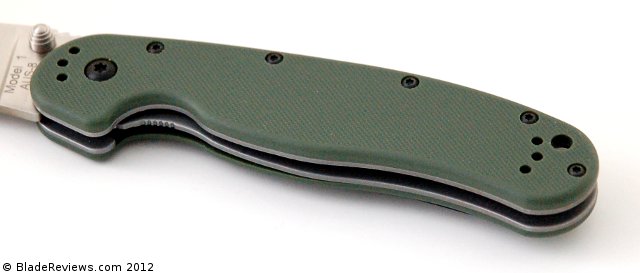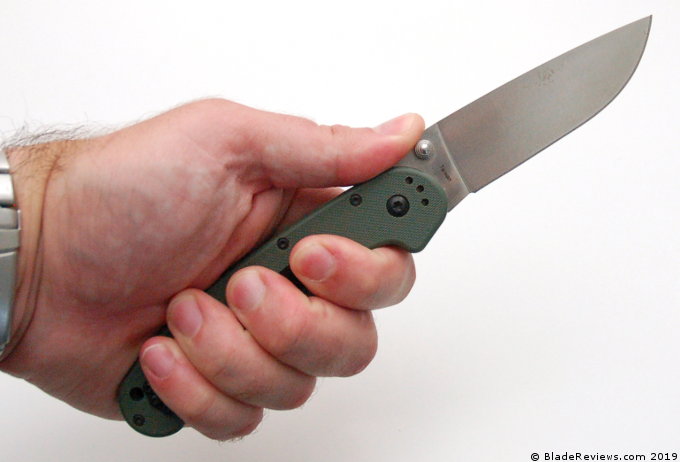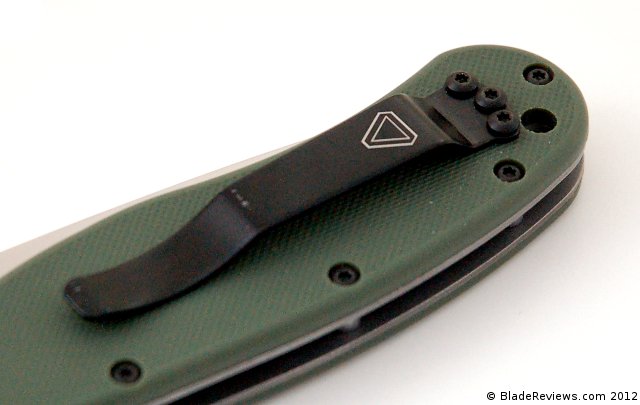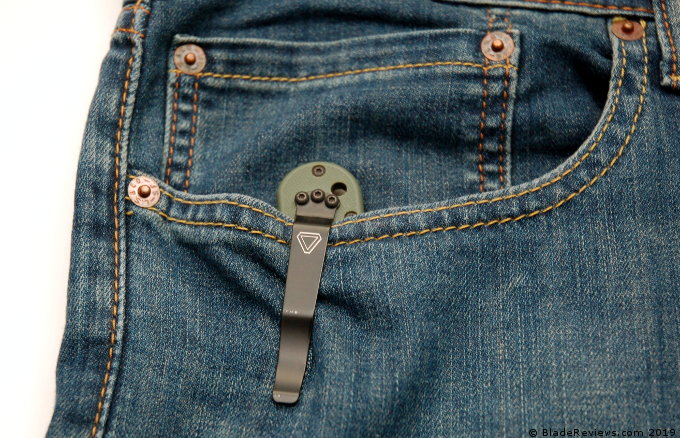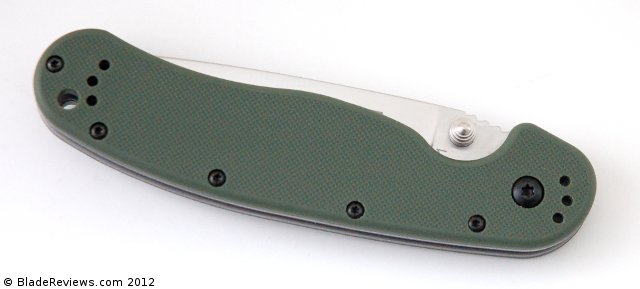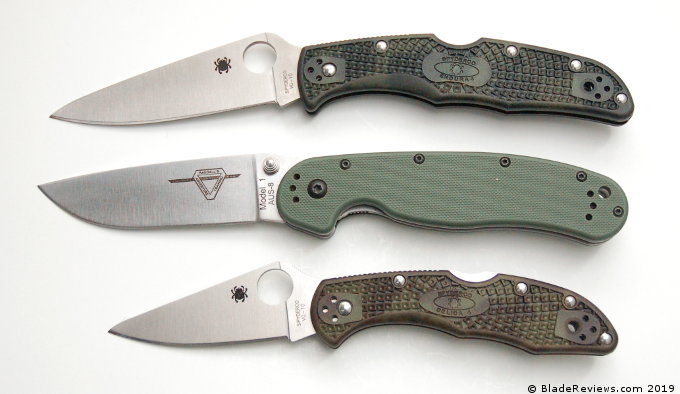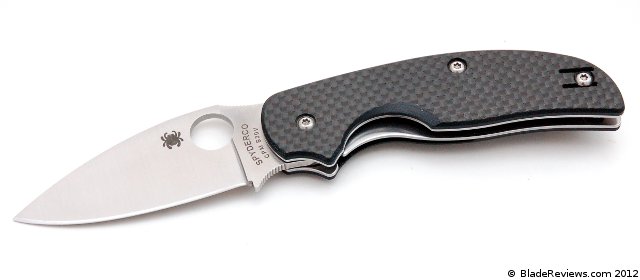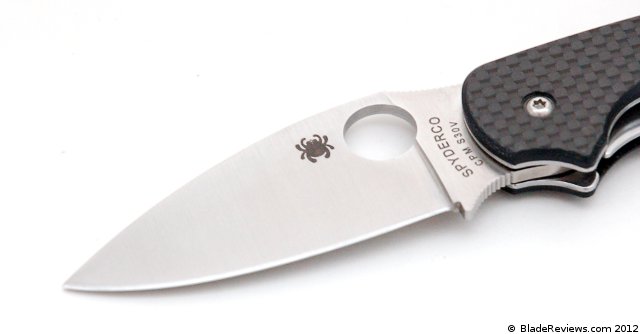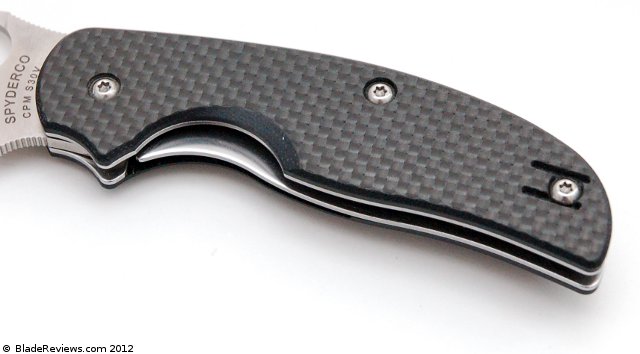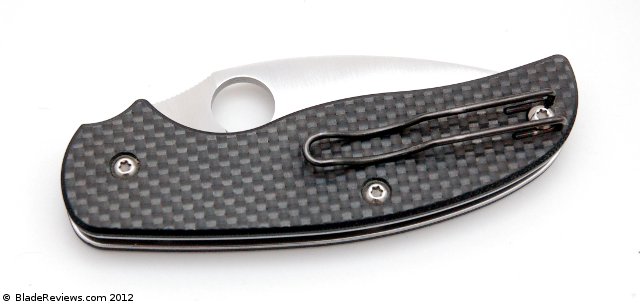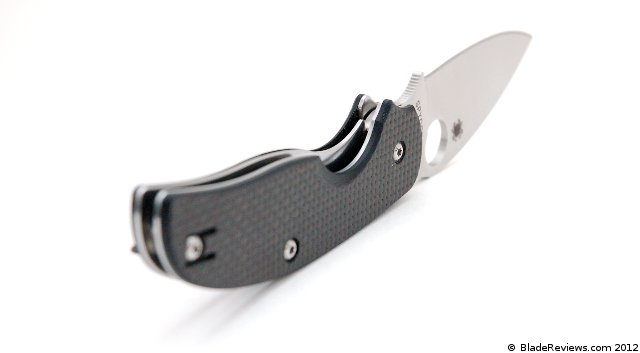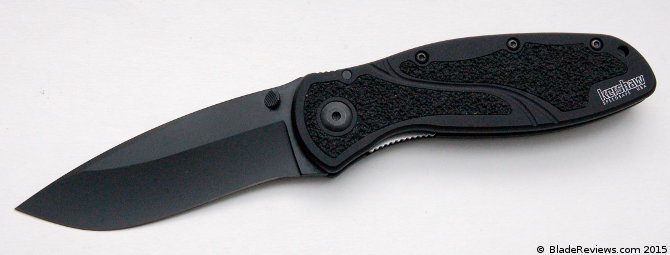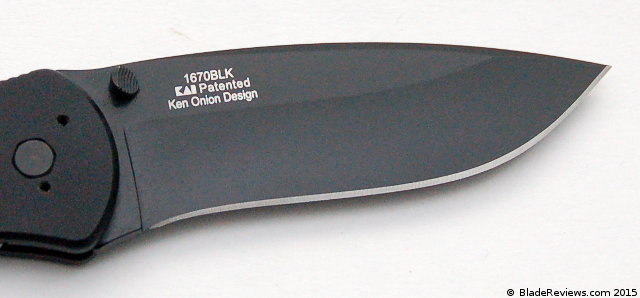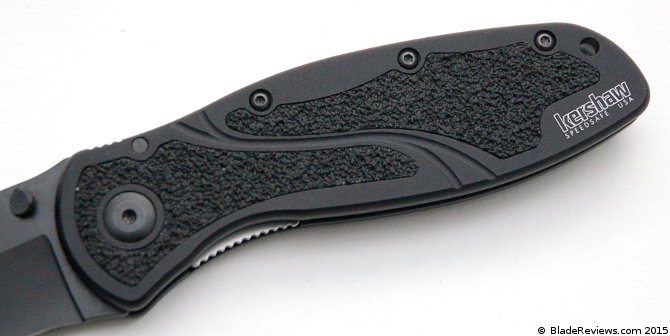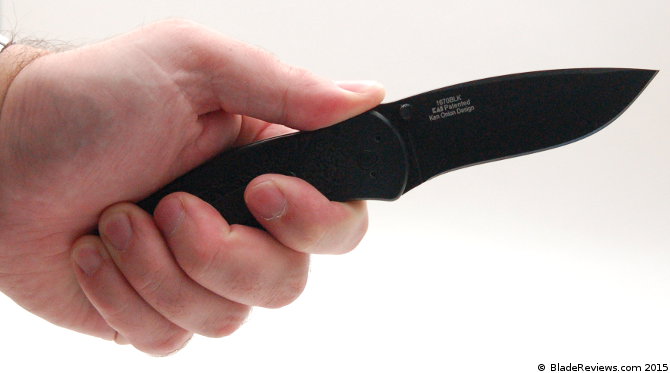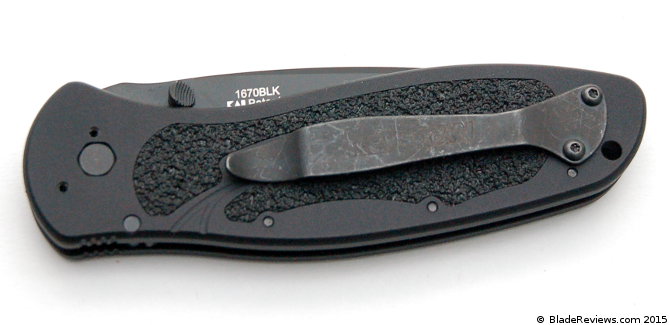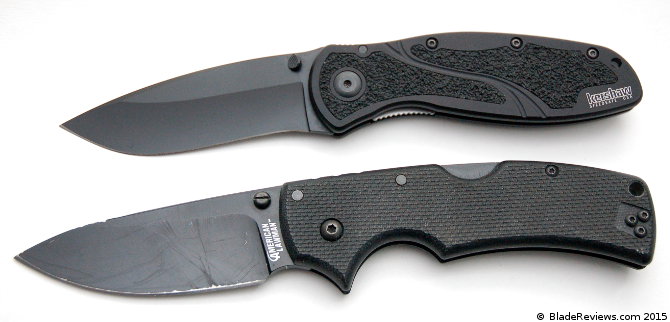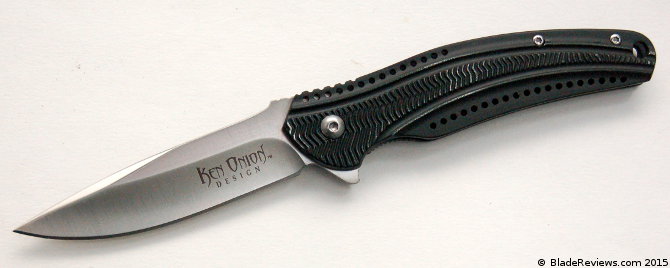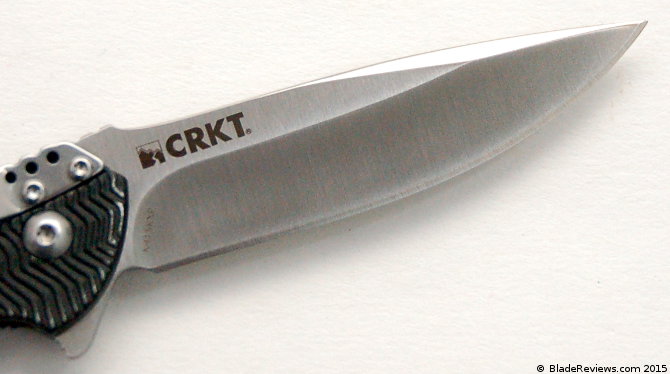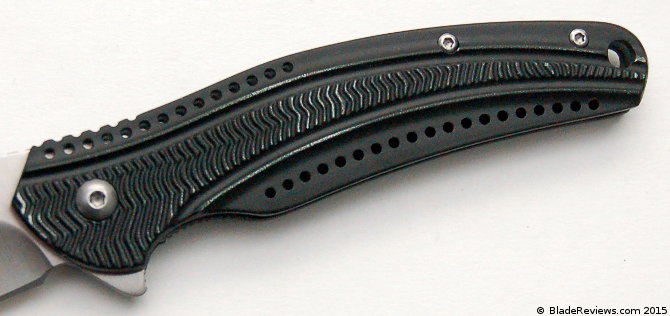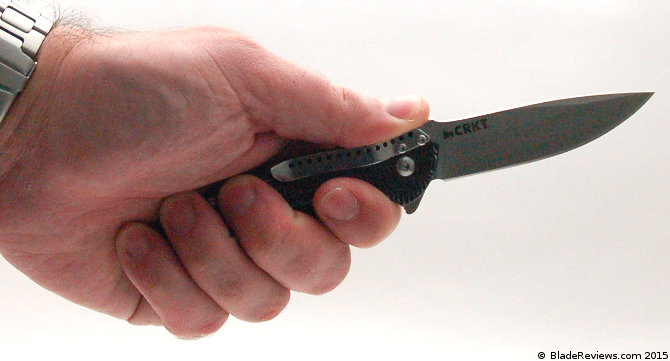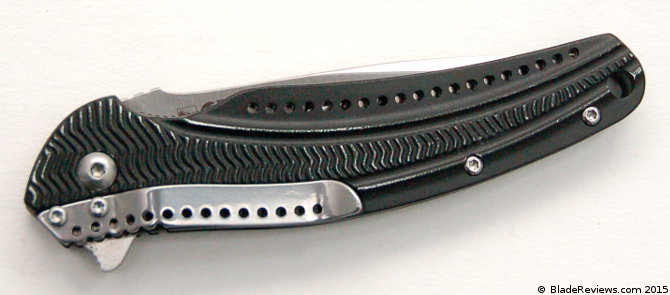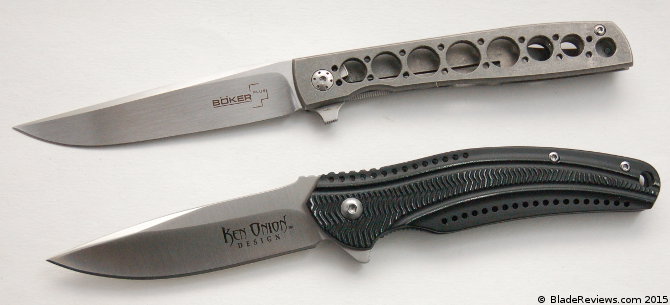Last Updated: July 29, 2019
SOG is a company that has always intrigued me. They have eschewed the more mainstream model of production knife design, which typically involves a team of in-house designers and a deep roster of freelancers, instead favoring a one man approach. All of SOG’s knives are designed by president and founder Spencer Frazer. This has resulted in some unique design elements and ultimately, some very unique knives.
The Flash II is a shining example of this, a knife that is quintessentially SOG and decidedly different. This blade has been around the block a time or two (it’s been in production for years), and has passed through the hands of thousands in its various iterations. Today I turn back to the classic drop point version with a plain edge and black handle.
Purpose
For purposes of this review, I am classifying the Flash II as a medium sized EDC and emergency tactical knife. With it’s big blade, grippy handle and assisted opening, the Flash II could easily fill an emergency tactical role. Also, due to the number of different finishes and handle choices available, this could very well be a collectable for fans of the brand.
General Dimensions and Blade Specifics
The Flash II has a 3.5 inch blade, and overall length of 8″ and a weight of 3.1 ounces. Going back to the purpose of this knife, I think the combination of the long blade and light weight make it an interesting emergency tactical option. It also could be practical for EDC if you like a bigger blade but don’t like being weighed down (the Flash I is a smaller version, perhaps more appropriate for EDC).
The blade shape is a very traditional looking drop point. It’s a no frills design with a full flat grind (“FFG”). As something of a traditionalist, this simple style of blade always appeals to me, and the FFG is great for slicing. My Flash II came with a very nice satin finish and a meticulously ground secondary bevel. The satin finish is a finger print magnet, and I find myself constantly wiping this knife down… That probably says more about me than the knife, but it’s something I noticed.
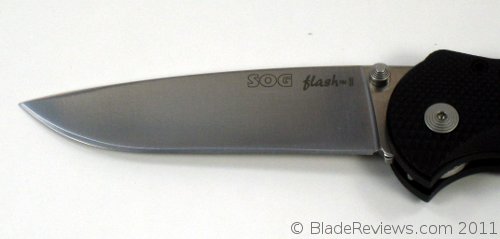
Of course, as one of SOG’s classic models this knife comes in a couple blade shapes (wharncliffe, tanto, and the drop point version shown) and you can also get this blade with a Titanium Nitride (TiNi) coating and some even with tiger stripes.
SOG selected AUS8 blade steel for the Flash II. If you are into steel then you already know about AUS8, it’s a mid range Japanese steel. If you aren’t that into steel, then know that AUS8 takes a sharp edge and holds it pretty well. It’s easy to sharpen and very forgiving. SOG does a cryo treat on this blade which is supposed to improve toughness. I find AUS8 to be entirely adequate and fits the mid range price tag well.
Handle, Ergonomics, and Pocket Clip
The Flash II has a unique, boxy looking handle made of thick fiberglass reinforced nylon (FRN); a reinforced plastic. Some versions sport an aluminum handle and you can find the FRN version in a dozen or more colors. I like the FRN version as it keeps the knife light and doesn’t feel cheap. This is a much denser FRN than what is on say, a Benchmade Griptilian. There are no liners in this handle, which helps with the weight but isn’t without disadvantages (discussed below)…
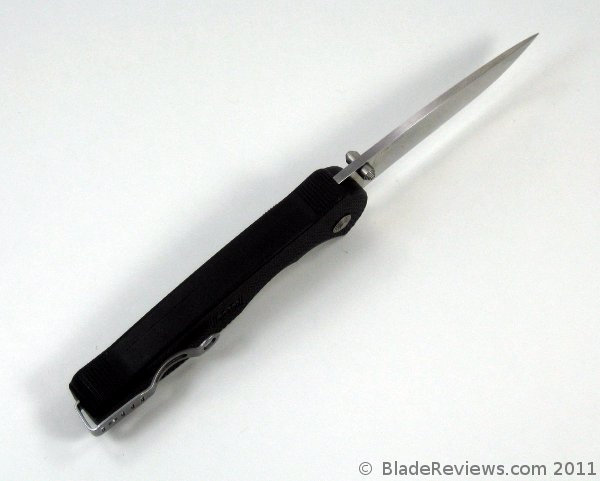
Ergonomics on this oddly shaped handle are surprisingly good. It’s a chunky design and has no problem filling the hand. The corners have been slightly rounded. For normal use it’s comfortable, and even when holding the handle tightly and carving off long curls of wood it wasn’t that bad. I wouldn’t want to build a tree fort with this knife, but for most tasks I’d say the handle works well. I do like the thumb ramp and dual choils. They help provide control for detail work. The sides of the handles have been given a diamond texture and help with overall grip.
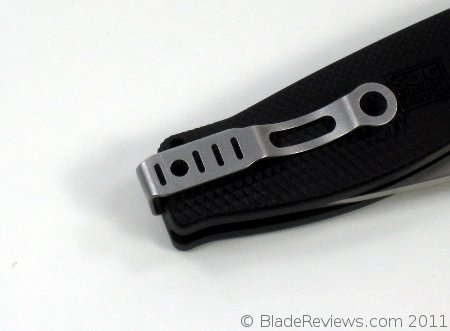
The pocket clip is an ultra deep carry design and is reversible. It’s a tip-up only clip and provides strong retention. It’s kind of a funky looking, definitely another look distinct to SOG. There is also a very small lanyard hole next to the clip.
Deployment and Lockup
The Flash II has an assisted opening. A gentle push on either of the ambidextrous thumb studs snap the blade out in a “flash.” Stupid puns aside, the opening is quick and smooth. Assisted openings can be a matter of taste, but I like it on this knife, especially as an emergency tactical folder. Rapid fool-proof deployment under stress is what I’m looking for an an emergency tactical blade, and the Flash II provides just that.
There is a safety lock on the side of the handle. When the safety is engaged it prevents accidentally opening the knife. For many this will be about as useful as a sock on a chicken’s foot, but it allows SOG to make this assisted opener a tip-up carry knife so I don’t mind. I just leave mine in the “off” position and go about my day.
The Flash II uses what seems like a combination between a bolt lock and a lock back. It’s hard for me to really tell without taking the knife apart, something I’m not quite ready to do. I found that there was some side-to-side play when I had the blade open and locked. I tried adjusting the pivot, and was able to fix it somewhat, but there was still play evident in the blade. Given that this is a linerless design, with what appears to be some sort of bolt lock, I am not really surprised by this. If there was up-and-down play (there wasn’t) I would be concerned as that would suggest that the lock could fail.
If you can live with a little side-to-side play in your knife then I don’t see this as a major issue. If blade play is something you can’t stand, or want to really hard use this knife, then keep this in mind.
SOG Flash II Review – Final Thoughts
All in all I am very happy with the Flash II. I love the blade, can appreciate the light carry, and find the assisted open to be both fun and practical. It’s a quirky little knife that really stands out in a crowd. As a fan of choices I think this is a good thing. The only real negative I could find was the blade play. I’ve done some reading and know I am not alone, but that doesn’t stop this from being a classic folding knife enjoyed by many.
If you want something lightweight, practical and a little different, then I suggest checking out the SOG Flash II.
- QUICK OPEN POCKET KNIVES: The SOG Flash II everyday carry knife serves as a daily carry flip knife with assisted opening tech; these folding knives measure 4.5 inches in closed length with model number: FSA98-CP
- FLIPPER KNIFE W/ LIGHTWEIGHT KNIFE HANDLE: A 3.5 inch partially serrated pocket knife blade makes these EDC pocket knives versatile; sharp pocket knife is only 3.1 ounces with a glass-reinforced nylon (GRN) grip
- ONE HAND OPEN FOLDER KNIFE: One of the most reliable fast blade knife systems ever; assisted opening pocket knife opens single-handed, while Piston Lock secures the stainless steel blade
- AUS-8 PARTIALLY SERRATED POCKET KNIFE: Quick release knife mechanism inspires the ‘flash’ on the satin-polish of this deep carry knife, fast clip knife and every day pocket knife
- SOG KNIVES FOR LIFE: Take care of your serrated EDC folding knife and we’ll take care of you; SOG every day carry knives are built to last, and we consider all repair and replacement requests
I recommend purchasing the SOG Flash II at Amazon or BladeHQ. Please consider that buying anything through any of the links on this website helps support BladeReviews.com, and keeps the site going. As always, any and all support is greatly appreciated. Thank you very much.
